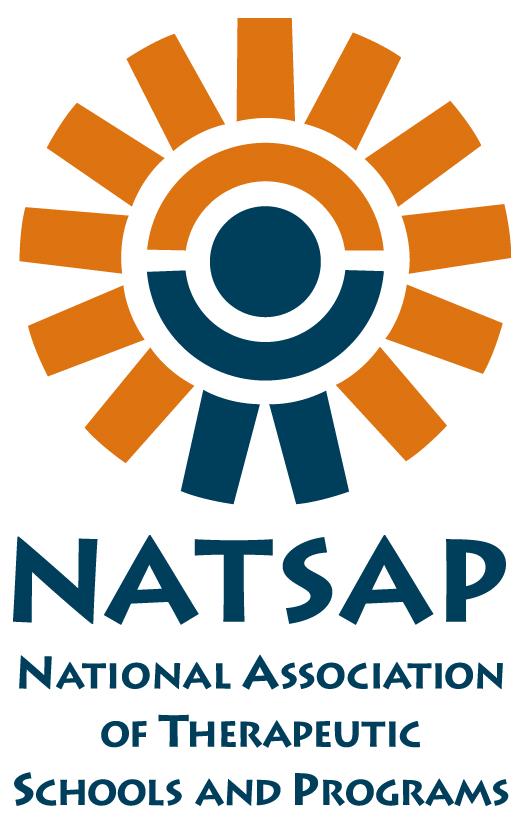Self-harm or Self-injury is to cause intentional damage, mutilate or hurt to part of the body. It is a common behavior among teenagers. It can include or not include suicidal intentions. Some examples of self-harm include: cutting, picking, burning, punching walls or self, swallowing objects, poisoning with pills or abusing alcohol or drugs. Here we will focus on adolescents that self-cut. Typically the cutting behavior is done alone. It is…
TYS AdminApril 11, 2013
Borderline Personality Disorder is a disorder characterized by problems with regulating emotions and thoughts, impulsive and reckless behavior and unstable relationships with others. BPD is not typically diagnosed in people under age 18, teenagers often have the symptoms and can be diagnosed if the symptoms have continued for at least one year. People diagnosed with Borderline Personality Disorder often have one or more other mental conditions such as: Depression Substance…
TYS AdminApril 11, 2013
What is a Panic Disorder? A Panic Disorder is a sudden and repeated attack of fear that lasts for several minutes which interferes with daily living such as school, family and work. Panic Disorders are an Anxiety Disorder. Panic Disorders typically develop during the late teenage years and in early adults. Symptoms include (from National Institute of Mental Health): Overwhelming feeling of fear Suddenly feeling terrified Sudden and repeated attacks…
TYS AdminApril 10, 2013
What is Borderline Personality Disorder? Borderline Personality Disorder is a disorder characterized by problems with regulating emotions and thoughts, impulsive and reckless behavior and unstable relationships with others. Although BPD is not diagnosed in people under age 18, teenagers often have the symptoms and can be diagnoses if the symptoms have continued for at least one year. People with Borderline Personality Disorder often have other mental conditions such as: depression,…
TYS AdminApril 10, 2013
Emotional Disturbance (ED) is a special education category. It is not a psychiatric or clinical diagnosis and typically does not require medication. Basically ED is when emotional problems prevent a student from achieving their academic potential. ED interferes with normal social and family interaction and school performance. The National Dissemination Center for Children with Disabilities (NICHCY) has identified the following characteristics and behaviors of ED: Inappropriate types of behavior under…
TYS AdminApril 9, 2013








